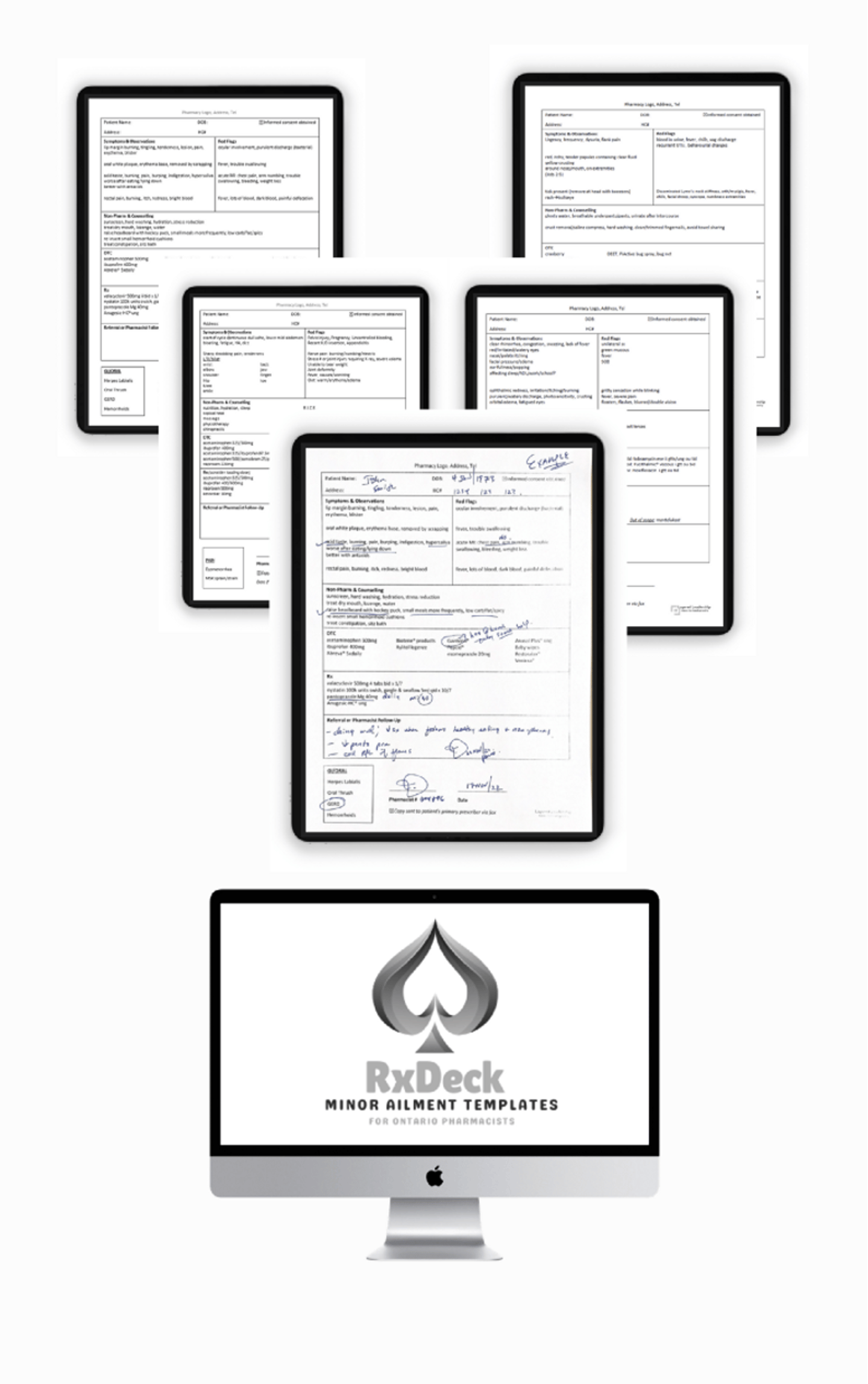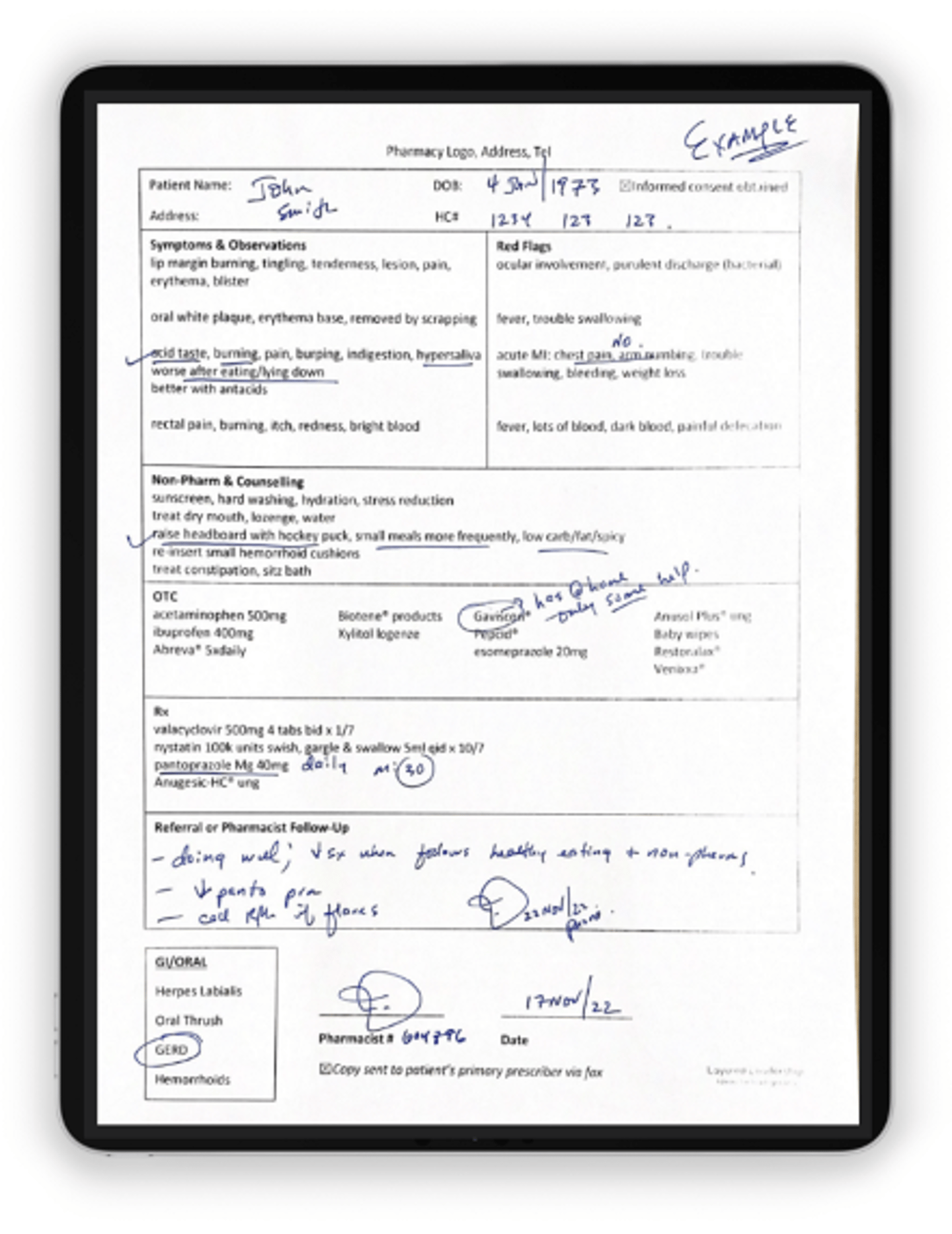Pharmacists have teleprompters for brains
All pharmacists have at least one thing in common: we passed a few multiple-choice exams. Remember when your classmate said he’d know the answer when he saw it listed in the options? He was right. And this was the first clue that pharmacists have teleprompter brains.
In a multiple-choice exam, the student is prompted with clues of the problem and the answer. Information is right in front of them and all they have to do is select it. This is a key driver influencing the way the pharmacists’ brains work, by receiving prompts and choosing the best path because the brainwashing and mental manipulation don't end there.
After hundreds of multiple-choice exams, we entered practice where we were prompted with prescriptions and products to review (e.g., compliance packs, stock bottles, drug charts and guidelines to follow). In that process the answer is in front of us and we are prompted to evaluate based on what we see (teleprompter-like), as oppose to invent a plan from scratch (prescriber-like).
This is not bad
Teleprompting is simply an environmental model that has worked a deep mental trench, a habit. Of course, there are many pharmacists successfully working outside of dispensing roles... but stay with me.
Relative to the history of our profession, only more recently have pharmacists been pushed to invent from scratch through prescribing. This is a new mental model, where we use the same analysis but then move on to create the solution instead of select it from what is put in front of us. We will no doubt be great at this new way of thinking but it will require practice.
It is like playing piano without sheet music, inventing instead of following instructions. Mentally, we will need to be comfortable asking for permission less and leading more. To bridge this gap while we put in our practice time, we can develop templates and workflow that build on our current thought model.
My answer: “Rx Deck”
Rx Deck is a one-pager for each minor ailment body system that gets rid of the repetitive documentation and capitalizes on the prompting while we practise shifting toward inventing.
These 5 one-pagers cover all 13 minor ailments and there is a bonus one-pager for Paxlovid that follows the clinical format of the minor ailments template while adding in the various patient eligibilities, PINs for billing, and McKesson item numbers for ordering.
In total, Rx Deck is 6 pages that prompt us through our thought process to ensure we don’t miss anything clinical or miss any key documentation points like consent, follow-up or notifying prescribers.
Isn't it time to let our new-aged practice begin, as more and more pharmacists migrate from using teleprompters to inventing harmonies without sheet music?








